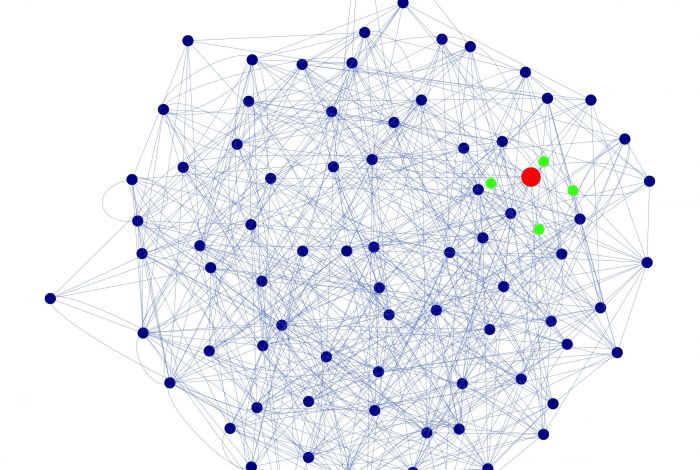Health Benefits and Resource Utilization

How do we calculate the economics of health? What are the negative and positive effects of health care being publicly funded? In this episode, Eline and Silvija discuss the importance of including health economical perspectives in clinical trials.
Follow this link to listen to the podcast!
Learnings from the episode
- Health economics
- Effect analyses
- Precision medicine
- Experimental treatments
- Public- versus private health care
This article is from an episode of #Lørn, made in collaboration with LørnTech.
Quick Q and A with Eline
Title and company?
Associate Professor and Researcher at UiO.
Education and hobby?
Social economics, doctorate from UiO. Handball is a passion of mine. I have been coaching an amazing group of girls over the last eight years. Besides handball, I also enjoy flowers and gardening.
Who are you and how did you get into innovation and technology?
I studied social economics in the 90s, and that is when I took a course in health economics, which I really enjoyed. I liked it so much that I wrote my thesis on the subject. After a couple of years working for Statistics Norway I started on a PhD at UiO. To work at the intersection between health care and social economics is very meaningful. In addition to my research projects, I have been working together with clinicians for many years to include health economical analyses in clinical trials.
According to the Norwegian regulations for prioritization in health care, three criteria must be evaluated when we consider new treatments:
- Health effect, as measured by health-related Quality of Life (QoL)
- Costs
- Severity
In recent years, I have been particularly concerned with the versatility of the methods that we use. Methods in health economics can be utilized beyond evaluating new treatments and drugs in the wake of clinical trials; as tools in innovation projects to discuss the potential for cost-effectiveness.
" Methods in health economics can be utilized ... as tools in innovation projects to discuss the potential for cost-effectiveness. "
What is the most important you do at work?
I would say it is two-fold. Research projects, as well as educating health economists who will be working in the pharmaceutical industry, management, consultancy and with research.
What is your focus in technology and innovation?
Precision medicine and to evaluate its development:
- Cost-effectiveness
- Financing
- Uncertainty (studies in phase II, test characteristics and what the boundaries should be for a positive test)
Why do you find it exciting?
Important decisions are based on knowledge and that we countinously develop our methods. It is important to recoqnize the act of turning down new technology as a decision made.
What do we do uniquely well in Norway related to all of this?
Increased use of Real-World Data (RWD) in combination with Randomized Controlled Trials (RCTs).
Favorite quote?
“All models are wrong, but some are useful” – George Box.
Recommended literature / videos about your professional field?
- "Helseøkonomi, effektivitet og rettferdighet" by Jan Abel Olsen
- "Methods for Economic Evaluation of Health Care interventions" by Mike Drummond and co-authors.
- "Cost-effectiveness in Health and Medicine" by Peter Neuman and collegues.

Relevant Projects

A pipeline and tool for personalised patient classification based on integration of multiple patient data
We are developing a novel pipeline, algorithm and computational tool, to assist clinicians in assigning the best therapy to individual patients by integrating in a novel and transparent way multiple type of data from patients

